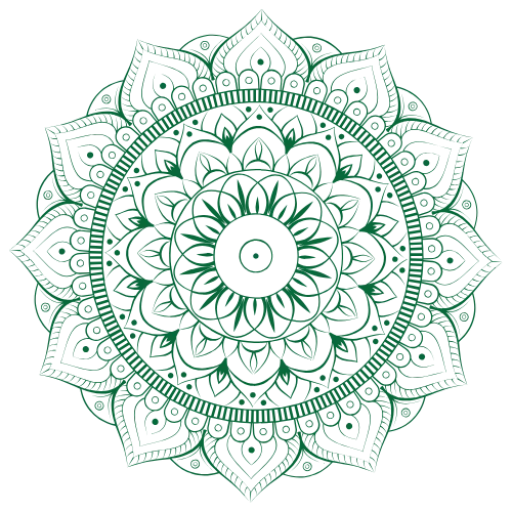MEDITATION THERAPY AND MENSTRUATION
These series of articles touch upon content of my recent book “Essential Meditation Therapy”, written for everyone involved using Meditation for healing. Please join me on a journey of mind-body anatomy and physiology relevant to Meditation therapy!
With love, Merel Martens – Founder Parimukti Meditation India
The female body is constantly responding to changing cycles and changing levels of hormones to keep the reproductive system working. This is a very delicate process given all the organs and feedback loops involved.
What is happening in the body?
Menstruation is a period in which the uterus sheds its thickened lining in response to an ovulated egg that has not been fertilized that month. It is a period of a few days (usually two to five days), but periods of up to eight or more are also experienced. Physically, the uterus is doing a lot of work to release the lining; this results in aches in the lower abdomen, a tight lower back (ligaments of the uterus are closely connected the lumbar spine) and headaches (related to the spiking level of estrogen right before menstruation).
Meditation during menstruation
Students and clients often ask me whether they should refrain from practicing Meditation asanas during those days, or what they should advise their students. I strongly advise every woman who is having her period to take it easy. Some women have intense physical discomfort and naturally do not practice. Others say that they feel fine and would do an intense, demanding asana practice. Again, it is my personal advice (even for women who feel fine) to take it easy and to avoid a physically demanding routine, especially one that includes deep twisting poses and long-held inversions.
Some teachers say you should not do inversions at all when menstruating. Why no inversions? Remember I talked about energy, or prana, in the chapter on the respiratory system? One of the types of prana, apana, has a downward flow, which can help us in processes such as elimination, ejaculation and menstruation. In a Meditation practice we do inversions to redirect this energy and prevent losing energy, not only physically but also energetically. Now, during menstruation we want to aid the process and encourage the flow of apana in its natural downward direction, rather than oppose it. In my experience, doing inversions and strength poses, such as handstands and other arm balances, does increase cramps and aches. However, I know women who don’t agree. Keeping this in the back of my mind I will continue giving a few suggestions, but as the philosophy of Meditation teaches, you must enquire and investigate for yourself! Even if you are a male teacher or yoga therapist, you can encourage any woman to try out for herself.
Meditation(therapy) during your period
Geeta Iyengar wrote a wonderful book, Meditation: A Gem for Women, with many suggestions for sequences for women on their periods. She even suggests specific poses that can affect the amount of blood flow and the length of the monthly cycle.119
From researching the work of Geeta Iyengar, I recommend the following to relieve acute cramps: adho mukha svanasana (downward facing dog) to relax the lower abdomen; ninety degree uttanasana (standing forward fold) with head on a chair, to extend the lower back, to support the head and to help with headaches; prasarita padottanasana (wide-legged standing forward fold), which spreads the sacrum and puts slight pressure on the abdomen to help relieve lower back pain; and jathara parvatanassana (reclined spinal twist) to massage the lumbar spine and release tension along the vertebral column.
To deeply relax the tension around the uterus try balasana (child’s pose) with knees apart and supported with a bolsteunder the head – the relaxation deepens as the lower back lengthens and broadens; parvatasana (sitting pose with arms above the head), as this pose creates more space in the whole of the abdominal region; viparita karani (legs against the wall pose), as this activates the sympathetic system and releases tension in the lower back; and dwi pada viparita dandasana (reclined chest opener), which releases the tension on the whole abdominal region by lengthening the torso.
Generally, forward folds promote deep relaxation and help to release headaches and lower back aches. They can also increase the flow and duration of a woman’s period, so for some women they are not recommended. Backbends are very good after the forward bends to release any build up tension in the abdominal and pelvic area. They can be particularly useful for women who suffer from heavy or long periods.
Address: Parimukti Yoga Center, Kanira Homes,
Girkarwaddo, End of Magic Park Road,
Arambol, 403524,
Goa, India
Phone: +919637521278
Email: info@parimukti.com
Website: https://parimukti.com/
Yin Yoga Training Goa | 200 Hour Yoga Teacher Training Goa | Meditation Teacher Training Goa
